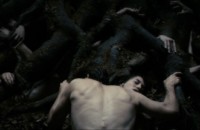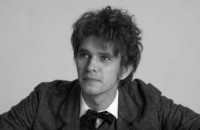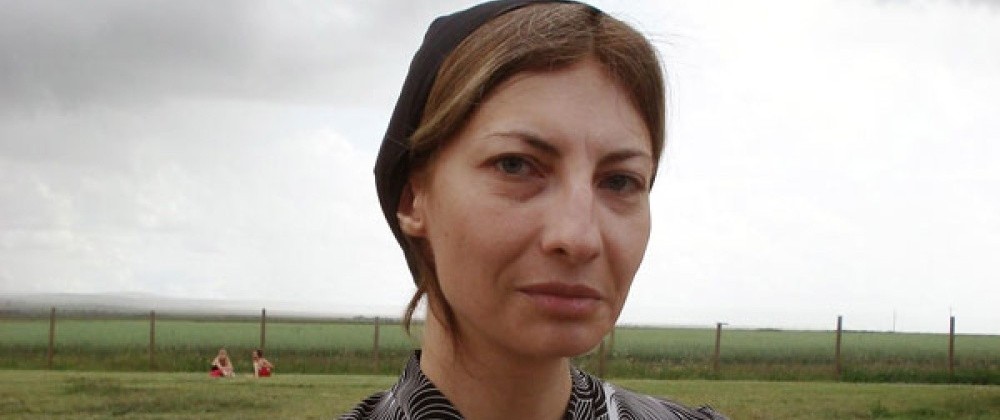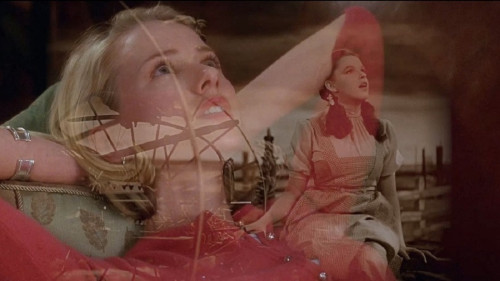Volume 20, Issue 4 / April 2016
Contemporary Auteurs
In this issue
-

Interview with Philippe Grandrieux
-

Substance is Subject: A ‘Compass’ to Lars von Trier’s Antichrist
-

Todd Haynes, I’m Not There and the Postmodern Biopic
-

Sophisticated People, Simple Place, Stress: Nuri Bilge Ceylan’s film Winter Sleep, inspired by Chekhov
-

Death, time and the possibilities of renewal in Carlos Reygadas’ Silent Light and Carl T. Dreyer’s Ordet
For this month’s issue Offscreen features five of the most interesting filmmakers working in today’s contemporary scene, encompassing the National cinemas of France, Denmark, Turkey, Mexico and the United States. In something of a coup for Offscreen, Chicago-based filmmaker and author Michael G. Smith interviews French filmmaker Philippe Grandrieux, whose work, as Smith writes, has “polarized audiences around the world” and made him among the most controversial and intriguing directors in contemporary world cinema. In an interview that touches on several of his films, but focuses on his latest, Malgré la nuit (2015), Grandrieux offers detailed comments on his working methods and his film’s meanings. In his exploration of the visceral and corporeal possibilities of cinema, Grandrieux is sometimes compared to Lars von Trier, another maverick European auteur with a gift for polarizing audiences. Stefan Gullatz marshals a troop of European philosophers, including Kant, Schopenhauer, and Nietzsche, along with a myriad of sources that range from medieval witch-hunting manuals to Camille Paglia’s version of feminism, to provide a sophisticated and detailed analysis that unravels the roots of the deep wells of horror and despair von Trier taps into in Antichrist (2009). Todd Haynes, holder of a degree in art and semiotics from an Ivy League university, often displays an intellectualism more typical of European filmmakers like von Trier than most of his American contemporaries, and shares with all the directors discussed in this issue the willingness to antagonize sections of his audience and confound their expectations that marks the true maverick and, perhaps, artist. In I’m Not There (2007), Todd Haynes makes sophisticated use of the tenets of postmodernist theory to challenge and deconstruct that most “dishonest” of Hollywood genres, the biopic. The important thing for Haynes is that he was not re-creating Bob Dylan’s life on film, but rather meditating on the varied and shifting versions of Dylan that have been presented to the public via the various forms of commercial media. For all we think we know about Dylan, Haynes is saying that all we really know is what we have been told about him, and even if Dylan himself was doing the telling, the sources have often proved unreliable. By subverting the tropes of the biopic, Haynes probes and questions what we think we know about the fabled singer-songwriter, and in the end possibly provides more insight into Dylan than any traditional biopic could ever hope to. A hint of Russia is felt in Nuri Bilge Ceylan’s Winter Sleep, which is partly based on two stories by Russian writer Anton Chekhov. Garrett discusses how Turkish director/writer Ceylan manages to translate Chekhov’s cultural values of human morality, intelligence and humanity’s shortcomings onto a Turkish setting which includes character types as intellectuals and laypeople. In the medium of film Ceylan blends his usual splendorous long takes and sweeping vistas of landscape and life with powerful dialogue and a literary cadence that comes inspired by Chekhov, as Garrett lays out. The land of Mexico has been receiving many awards and accolades of late through the collected works of great contemporary luminaries Guillermo del Toro, Alfonso Cuarón, Alejandro G. Iñárritu and Director of Photographer Emmanuel Lubezki, who has won an unprecedented three consecutive Academy Awards for Cinematography in 2013, 2014, and 2015 (Gravity, Birdman, The Revenant). A fourth Mexican luminary of the contemporary film scene is Carlos Reygadas, whose third feature film, Silent Light (2007), invokes the art of one of Trier’s past compatriots, the great Carl Dreyer, by recreating Ordet’s (1955) stupefying transcendental conclusion. Author Ian Tan compares the differences between Dreyer and Reygadas’ ending to anchor an interpretation of time and spirituality. (Donato Totaro, David Hanley, ed.)









